Review: LG DoublePlay for T-Mobile
Dec 8, 2011, 8:06 PM by Eric M. Zeman
LG's DoublePlay features two screens, a split keyboard, and the ability to multitask like almost no other smartphone. Can anything hold this Android device back?
Form
Is It Your Type?
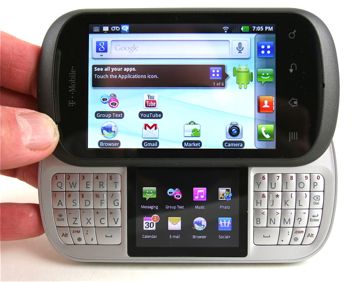
LG takes a different approach to Android smartphones with the DoublePlay. It's a sideways slider with full QWERTY keyboard and a trick, second display that lets you multitask like no other Android phone. But is the second screen truly useful, or just a gimmick?
Body
The LG DoublePlay is typical of a sideways sliding device in that it's bulky and heavy. It feels dense, as though every cubic millimeter of its interior is packed with electronics. Stylistically speaking, it sticks with themes we've seen on other LG smartphones this year, with the speckled brown/gray coloring, and strip of brushed aluminum running down its backbone. There's a nice, metallic band that wraps the edge of the DoublePlay, breaking up the tones a bit and giving it a wee bit of personality.
Its feel in the hand is pretty good. The materials chosen by LG certainly don't feel cheap and the cool feel of the metal band on the back gives it a much-needed boost in perceived quality. The edges are gently sloped and the DoublePlay is comfortable to hold. It is a tad bulky for tight pant pockets, and its weight will remind you that it is there.
The display on the front is framed by a black bezel. The four Android controls are found below the display; they're the capacitive touch type. I found these buttons to be responsive.
Other controls are kept to the bare minimum. The microUSB port is on the left side of the DoublePlay, covered by an easy-to-remove hatch. The volume toggle is on the right. It's a good little button that protrudes the perfect amount and has good travel and feedback. The lock key is on the top of the DoublePlay. Thanks to the rounded shoulder, the key is a cinch to find. It has great travel and feedback. The 3.5mm headset jack is next to it.
Unlike the myTouch Q, the DoublePlay is easier to slide open. With less-slippery materials and a more helpful shape to the sides, it won't pop out of your hands. The slider mechanics are solid, and the DoublePlay produces a nice, solid "chunk" when slid open or shut.
I had a hard time getting used to the DoublePlay's QWERTY keyboard. In order to accommodate the second, multitasking display, LG split the keyboard in half, with the 2-inch screen in the middle. The space bar is split into two, with one-half on either side of the display. Each half-keyboard has four rows to it with letters/numbers combined in the top row, while the bottom row is reserved for punctuation and special characters. It takes your thumbs and eyeballs a while to adjust to this set up. I was very slow with it the first day, as you have to swing your eyes wildly about as your thumbs learn where all the keys really are positioned. I was slightly better at it the second day, but I must admit that I gave up and used Swype on the touch screen when I really needed to type something quickly.
The keys themselves remind me very much of those found on Nokia's E Series devices from several years ago. They are compact, but rounded, and each has its own shape and feel. The travel and feedback is quite good, but the keys are somewhat slippery.
The camera and flash are located on the back surface, as is the grill for the speakerphone. You need to remove the battery cover to access the microSD slot, which thankfully doesn't require you to pull the the battery itself to access.
The Three S's
Screen
The LG DoublePlay's main display has the exact same dimensions as found in the recently reviewed myTouch Q. It measures 3.5 inches, which is smaller than average for today's Android phones. The display has 480 x 320 pixels that are too easy to pick out. Edges of icons, text, and pictures are fuzzy and lack sharpness. It's also not very bright. Using it outdoors is difficult at best. It's not an impressive display by any stretch of the imagination.
The secondary display measures 2 inches across the diagonal. It is sharper and brighter than the main display. It's easier to read outdoors, too.
Signal
The DoublePlay did a good job of finding and connecting to T-Mobile's network in the New York City / New Jersey region. Though the signal indicator ranged wildly from zero bars to five bars seemingly at will, the device never missed a call, always connected calls on the first dial, and produced consistently good data sessions. It was less susceptible to network strength fluctuations than the myTouch Q, for example.
Sound
Call quality wasn't as good as I was hoping for with the DoublePlay. Most calls were scratchy sounding, with a consistent background hiss of sorts. Additionally, the earpiece isn't very strong. At full volume, it is loud enough for use a home, perhaps, but not in a loud coffee shop, nor out on a windy street. The speakerphone produces more volume, but the quality issues are worse, with the scratchiness more prominent. Even set to full volume, I didn't think the ringers and other alerts were quite loud enough. The strong vibrate alert makes up for this a little bit.
Battery
The DoublePlay's battery life was not quite as good as the myTouch Q. I was able to get it to last through an entire day, but not much more than that. Perhaps powering two displays (when the DoublePlay is open) is asking too much of the 1540mAh battery. Whatever the reason, expect to charge the DoublePlay every night.
Basics
Menus
Because the DoublePlay uses the exact same user interface design and offers the same set of applications and services as the recently reviewed LG myTouch Q, some portions of the following text are duplicated from that review.
The DoublePlay runs Android 2.3.4 Gingerbread with only the slightest of customizations from LG. It offers seven home screens for personalization, and the dock at the bottom of the screen has five items in it (phone, messaging, browser, email, and main menu), rather than four.
The main menu is laid out in a vertical grid, which can be separated into different views, such as the most recent apps viewed, downloaded apps, all, etc. The main menu can also be viewed in page and list form. There's also a search bar in the main menu in case you just want to search for the app rather than scroll for it.
The notification shade hasn't been customized in any truly unique way, but it does provide controls for the Wi-Fi, Bluetooth, and GPS radios, as well as Autosync and the sound.
2nd Display
The secondary display does not run full applications as the main screen does. Instead, it can run up to eight, feature-limited versions of full applications. Some of the apps that run on the second display aren't really apps at all, but simple controls for apps being used on the main screen. For the apps that can stand on their own, they can be used while the main screen is left alone, running another app. In other words, you can use two apps at the same time.
The controls for the second display are separate from those of the main display. If you hit the back button on the main display, you don't go back on the second display and vice versa. You can, however, send the app running in the small screen up to the big screen if you need more space. There's a little arrow in the top-left corner of the small display that lets you do that. If you want to go back to the home screen of the secondary display, there's a little home bottom in the top-right corner to do that. There's also a "back" button that shows up every so often to let you go back one screen depending on what you're doing.
The secondary display on the DoublePlay offers its own little menu set-up. It holds a total of eight user-configurable applications. The applications that are pre-set on the DoublePlay include messaging, group text, music, photo, browser, and email, but you can delete and/or rearrange these and add what you want from a pre-determined set of compatible apps.
That's pretty much it for the menus of this little display. Each application runs somewhat differently on this secondary display than on the main display, and I'll touch on them in each individual section of the review.
Calls/Contacts
The phone application is simple, straightforward, and stock. The software dialer works fine, and the call log lets you return missed calls in a jiffy. When in a call, it is no problem to turn on the speakerphone, mute the call, add a line, etc.
The phone app includes the contact database, which is accessible via one of the tabs at the top of the screen. There aren't any nifty contacts widgets, but at least you can add shortcuts to your favorite contacts to the home screen, as well as add them to a folder of favorites that is visible from the phone application.
The DoublePlay supports calling via Wi-Fi for use at home, but cannot transition calls from Wi-Fi networks to T-Mobile USA's cellular network.
Calling functions cannot be accessed by the secondary display.
Messaging
The big appeal of the DoublePlay's secondary display are realized in the messaging department. It offers access to the text messaging app, group texting, email, and social networking functions of the phone. The bottom line is that you can check/send messages from the small display without disturbing what you're doing on the main display (such as watching a movie).
The text messaging application behaves more or less like the full version, but there are some restrictions: You can't add media to messages in the SMS tool. If you want to insert anything other than emoticons, you have to send the draft message to the main display. You can, however, quickly fire off text messages and scan through any received messages and conversation threads. The same set of limitations apply to the Group Messaging feature in the small display. It works fine for scanning through messages and replying, but you can't add media (more on this later).
I was really disappointed by the email functionality in the small display. It only works with the generic email program, and not with the native Gmail application. While it's true that you can set up the generic email app to receive your Gmail, the lack of support for the full Gmail app is mind-boggling and completely negates the usefulness of the shortcut if you use Gmail, as so many people do. Still, it can technically be used to clear out your inbox as well as respond to messages, (or you might not mind at all if you don't use Gmail.)
As far as the social features of the second display are concerned, it works only with the catch-all Social+ application. That means you can use the DoublePlay's smaller display to read the status updates of your Facebook and Twitter friends, as well as set your own status updates; but that's it.
On the main display, the DoublePlay includes the stock Gmail app, stock SMS app, GTalk, CMAS emergency notification app, as well as the full versions of Facebook and Twitter.
Extras
Media
Music
The music player is another app that can be accessed through the smaller display. It gives users quick and easy control over their tunes without disturbing what's going on on the main display. I didn't have any trouble using it to find songs, artists, or playlists. Playback controls are available, but if you want to access any of the media player's settings (such as the EQ), you'll have to open the full app on the main screen. Again, it's nice to be able to control this feature without leaving your main task on the larger display.
The LG DoublePlay include the barest version of the stock Android music player.
The DoublePlay has the newest version of the Android Market, which has a music store built into it. You can purchase music directly from the market if you wish.
Slacker is on board for your streaming music needs if that's the way you rock and roll.
Video
The DoublePlay has the stock Android video player, which handles both recorded and side-loaded content. It also has the (excellent) standard YouTube application. You can also rent movies from the Android Market or pay $10 per month to stream T-Mobile Live TV, which doesn't work all that well because it requires a lot of horsepower and a solid connection to the network. It is too slow and too difficult to use most of the time.
As far as sharing media is concerned, the DoublePlay ships with software called "SmartShare." This uses the DLNA protocol to push music, pictures, and videos to other DLNA-certified devices, such as HDTVs.
Video features aren't available on the smaller display, not that you'd really want that anyway.
Camera
Camera
All your camera work must be done on the main display, as camera features are not supported on the smaller display.
The DoublePlay has a 5 megapixel camera. There's no physical camera button, so you have to access it from a shortcut or the app menu. It launches in a snap. The basic shooting screen includes a standard, basic control strip down the side, with a still/video toggle, shutter button, and access to the gallery.
Press the screen to pull up a secondary strip of camera controls. For anyone who likes to control the behavior of their camera, there's a lot to like. Items such as metering, scene modes (including panorama), ISO, white balance, color effects, shooting mode and on and on are available to adjust at whim.
When you're ready to take a picture, press the on-screen shutter button. The DoublePlay takes about a second to focus, and then snaps the image. (If you want, press the subject you'd like to be the focus of the image, as the DoublePlay supports touch-to-focus.) A review screen pops up instantly. You need to tap the screen to get back to the camera.
The speed of the DoublePlay's camera is drastically better than the myTouch Q's, but it's still not the speediest camera ever. At least it's not painful to use
Gallery
Unlike the camera, the photo gallery can be accessed from the smaller display. You can page through the on-board photo gallery, but not any online galleries that may be linked to the DoublePlay. You can't edit photos, but you can send them all over the place thanks to the sharing tools.
Using the small screen's menus, it is easy to pick a photo and then share it via Twitter, Gmail, Facebook, SMS, email, etc. The catch is, you have to share the photos from the photo tool, not the messaging tools in the small screen. It's kind of backwards, but it works. (Of course using these apps on the main screen has no such limitations.)
The main gallery is the stock Android option. Photo albums float in stacks in the main gallery view, and you can sift through them in the chronological timeline in which they are arranged. It has a neat 3D look and feel to it.
Unfortunately, it supports only the most basic editing functions: crop and rotate.
Photos/Video
Photos
The DoublePlay's 5-megapixel camera does a fine job. In most cases, focus, white balance, and exposure are all spot on. I noticed some softness on close-ups, and some graininess on indoor shots, but the majority of images are really accurate. They're definitely worth sharing.
Video
The DoublePlay shoots video at 720p HD. Unfortunately, it falls into a trap that's too common among high-def cell phone video cameras: The video is so sharp and the refresh rate is so high that everything looks jittery. The slightest movement to the DoublePlay while recording is amplified and delivers a good case of the jitters. The video I shot gave me a headache. Image stabilization would have been an appreciated feature here. However, focus is good, colors look good, and there's little grain.
Browse/Customize
Browser
The browser's integration into the small display is limited at best. Obviously, browsing real web sites on such a small screen is a ridiculous idea, and LG knows that. Instead, the browser function in the small display serves as a bookmarking tool. Open it, and you're taken to a vertical carousel of visual bookmarks. You can customize these as you wish. You scroll through the carousel to find the web site you want to load, touch it, and the main display jumps to that page. That's all it does.
The stock Android browser performs acceptably on the DoublePlay. I thought speeds were average for a T-Mobile device, which is to say somewhat zippy. I didn't have any hang-ups with the browser's performance, and the Android browser software itself continues to work well.
Customize
The LG DoublePlay offers the standard laundry list of Android customization features. As far as the secondary display is concerned, all you can do is rearrange the order of the eight shortcuts. The number of apps that are compatible with the small display is limited to about 10 (why not voice mail, or settings?), so there's little flexibility.
The rest of the phone includes the categorized main menu, and the ability to create and manage those categories. I also like the slightly different take LG uses for setting up home screen widgets, apps, and shortcuts. The tool slides up from the bottom of the screen and give you a small selection of widgets, etc., in grid form to choose from. I get it, it makes sense. You can easily parse between widgets, apps, shortcuts, and folders using this tool thanks to some sorting buttons at the bottom.
Extras
Apps
The DoublePlay is as bad as the myTouch Q when it comes to bloatware. There are 59 apps installed out of the box. As usual, some of them can be removed and others cannot. There's a flotilla of T-Mobile branded applications, such as T-Mobile TV, T-Mobile Name ID, T-Mobile Mall, MyAccount, MobileLife Organizer, Highlight, Bonus Apps, and 411 & More. If you don't think 59 apps is enough, feel free to dive into the Android Market.
Bluetooth
I didn't have any trouble with the DoublePlay's Bluetooth radio and functions. It paired easily with other devices. Sound quality of calls through a mono headset was quite poor, and sound quality of music through stereo Bluetooth headphones wasn't much better.
Clock
The DoublePlay offers the same lockscreen clock that most Android phones do. When initially woken from sleep, it shows the time in a larger, digital read out. The time can be gleaned with but a glance. Sadly, LG didn't do anything to customize the lock screen.
GPS
Google Maps and TeleNav Navigator are both installed on the DoublePlay. Google Maps is free and TeleNav costs $10 per month to use for the premium version. There's a "freemium" version that TeleNav offers now that has fewer features and is free. All three apps do a fine job at providing directions to and from destinations.
Wrap-Up
The LG DoublePlay for T-Mobile is a decent phone. It offers a solid user experience as an Android device, and doesn't suffer from the same performance problems that the myTouch Q does.
With its trick extra display, the LG DoublePlay delivers a little but more functionality than the standard Android phone, but in a limited way. Too few applications are compatible with the small screen, and those that are offer a really limited experience. There's plenty of potential here, but I feel like LG could have done much better. Still, the ability to clear your messages and control the MP3 player without leaving your browser session on the main screen is pretty neat.
Save for poor voice call performance, the DoublePlay handles everything else really well. The question that potential buyers need to answer for themselves is, will that little screen really enhance the way you use the DoublePlay in a way that no other phone can?

Comments
No messages


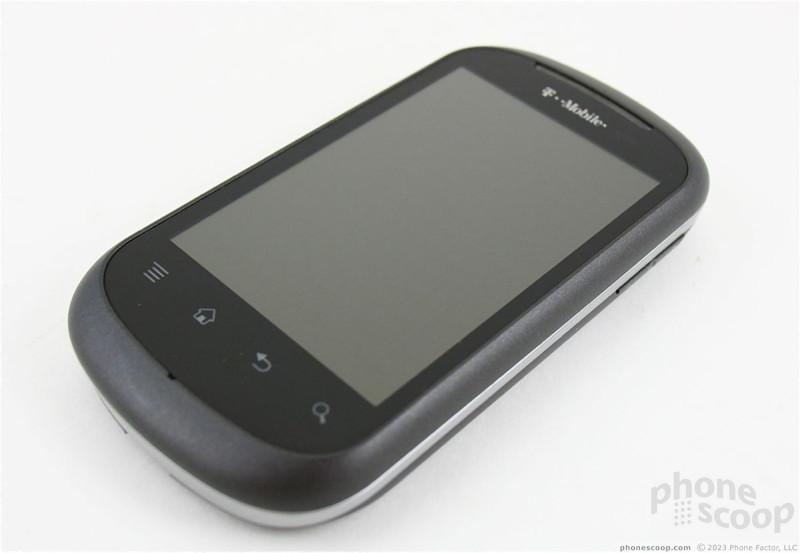














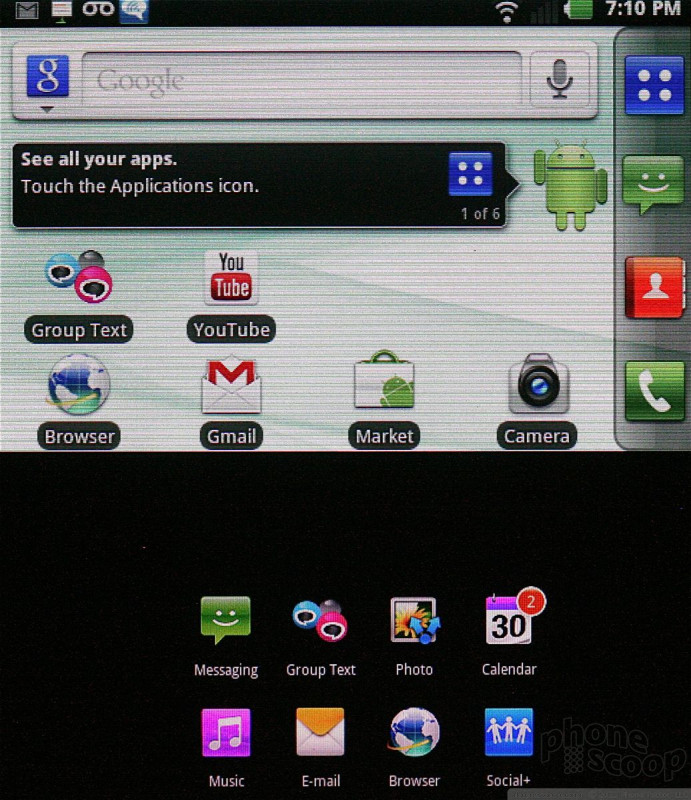






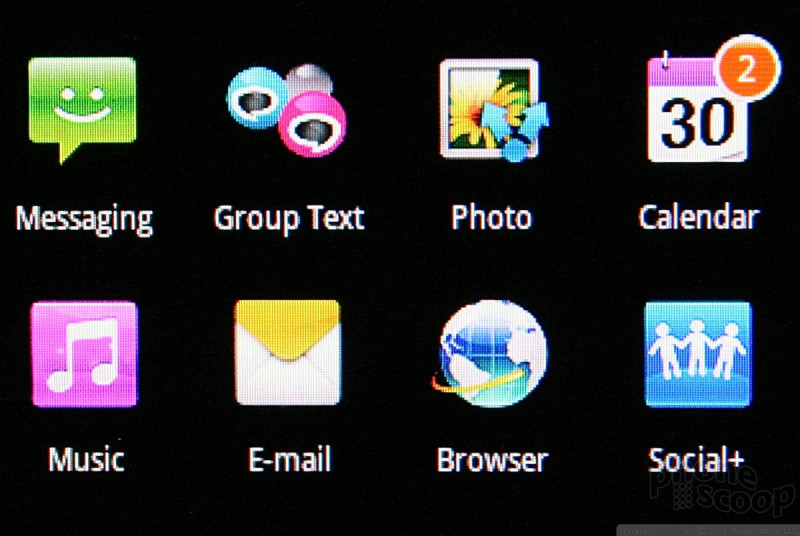












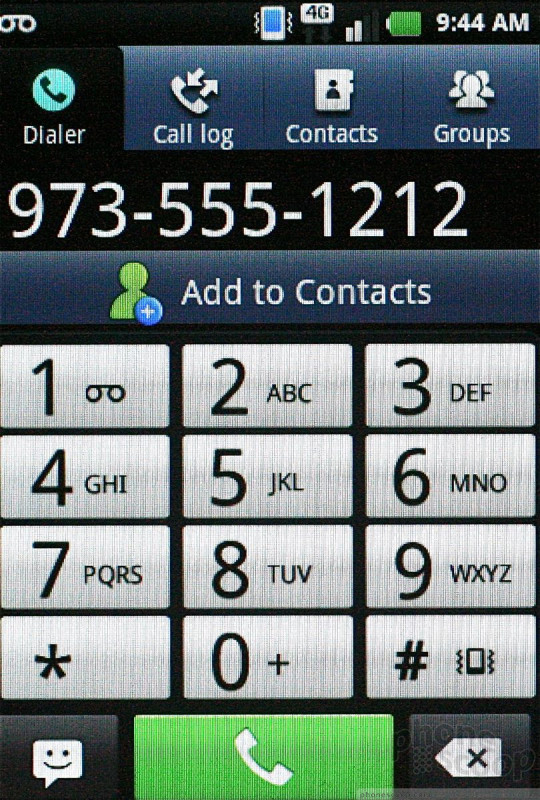





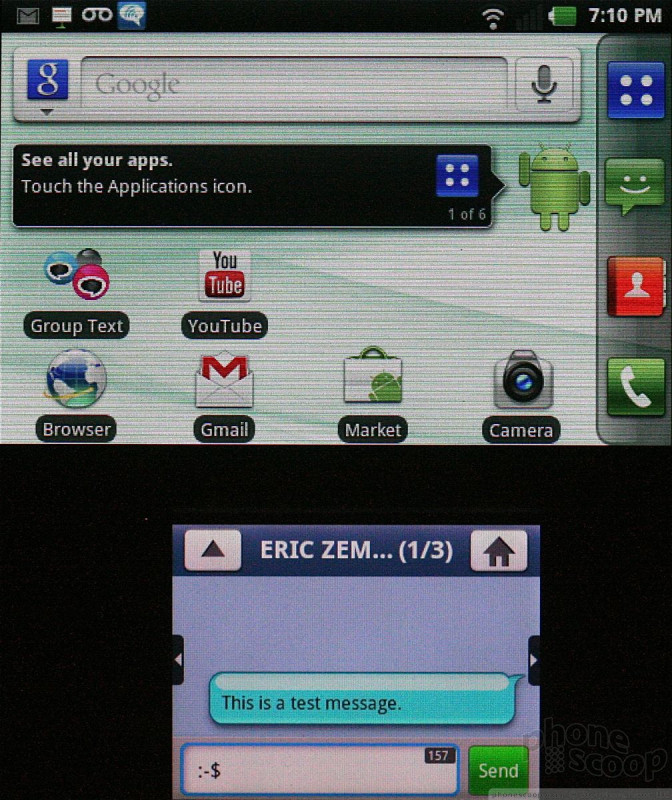







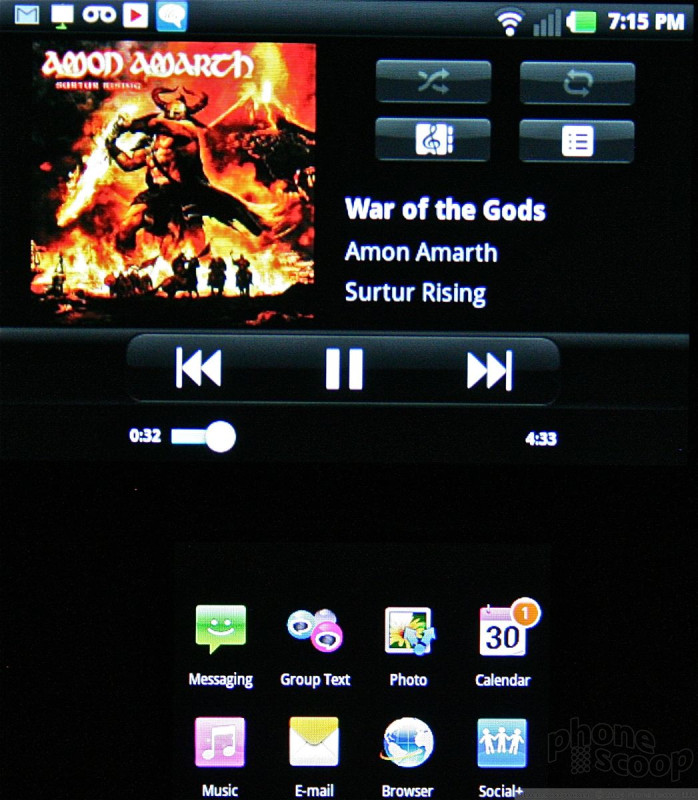






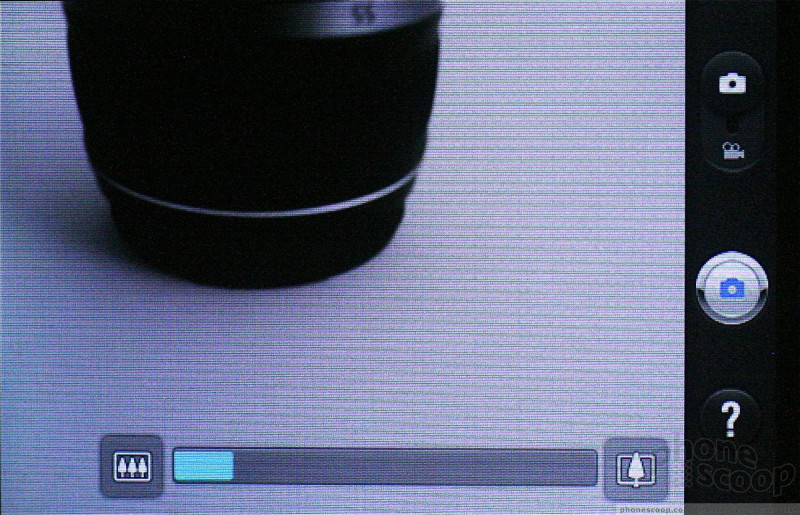



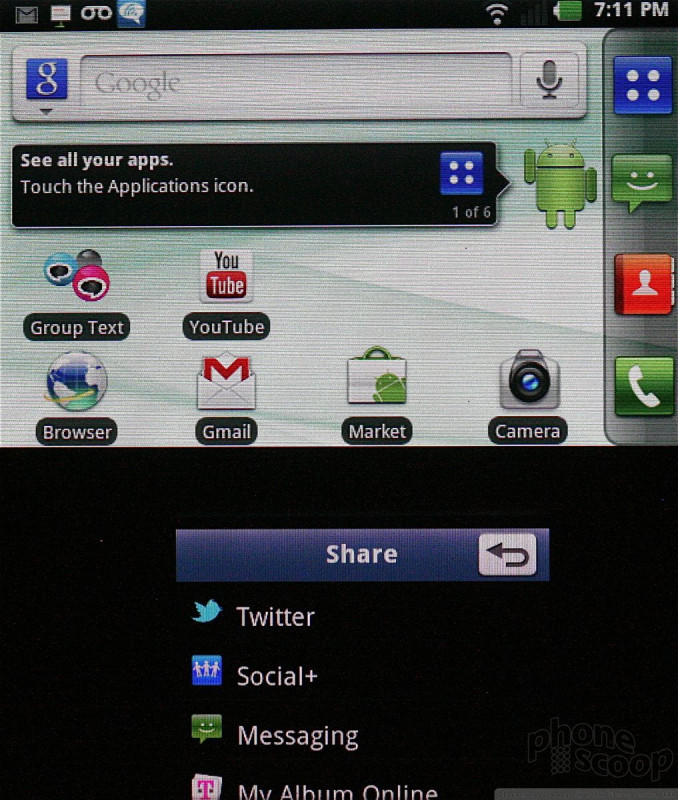





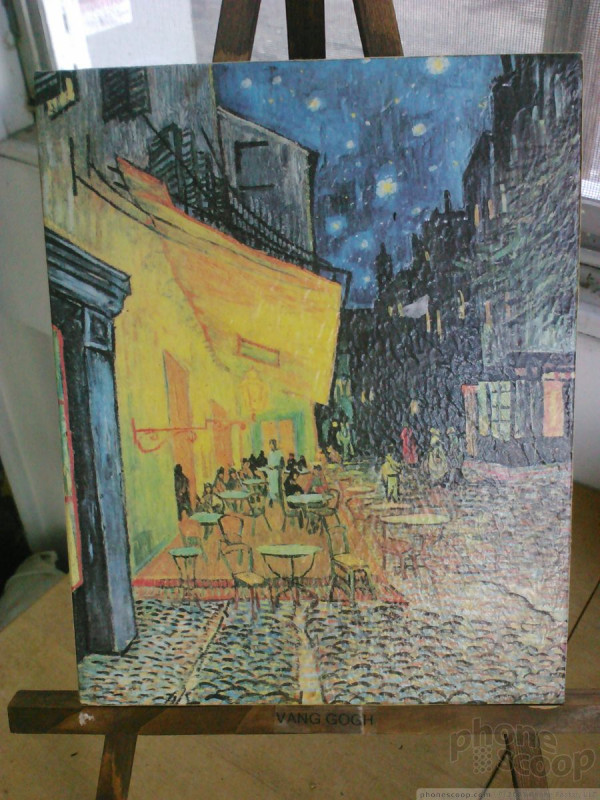















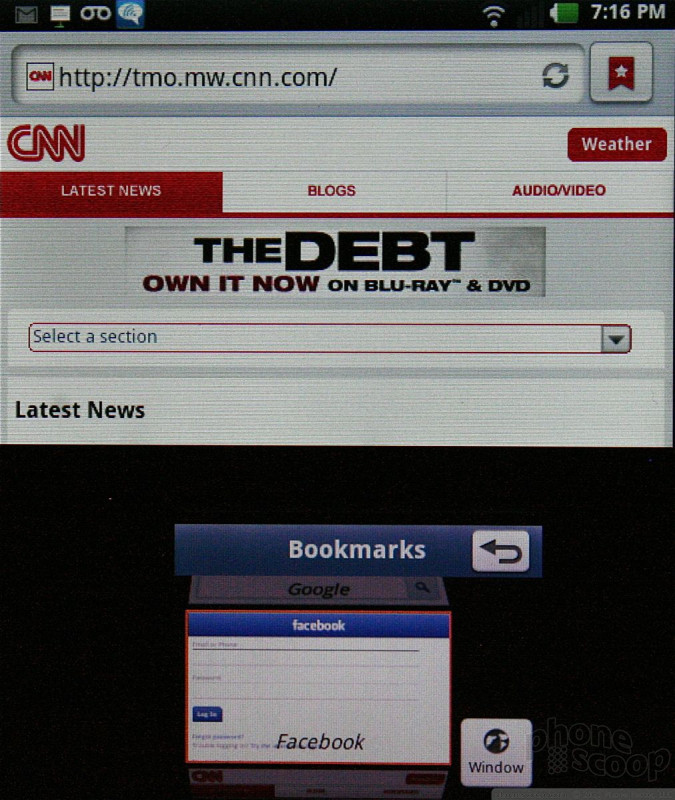





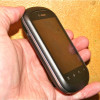 Hands-On: LG DoublePlay
Hands-On: LG DoublePlay
 Samsung S24 Series Adds More AI, Updates the Hardware
Samsung S24 Series Adds More AI, Updates the Hardware
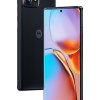 Motorola's New Flagship Gets its Signature Edge Back
Motorola's New Flagship Gets its Signature Edge Back
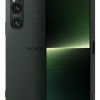 Sony Updates Flagship Phone With New Camera
Sony Updates Flagship Phone With New Camera
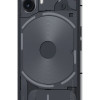 Nothing Phone (2) Sports Upgraded Specs, More Useful Glyphs
Nothing Phone (2) Sports Upgraded Specs, More Useful Glyphs
 LG DoublePlay
LG DoublePlay



